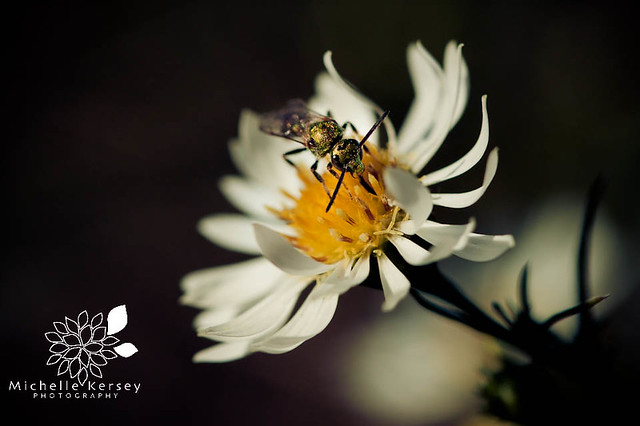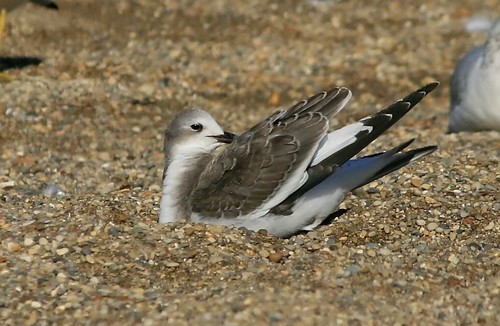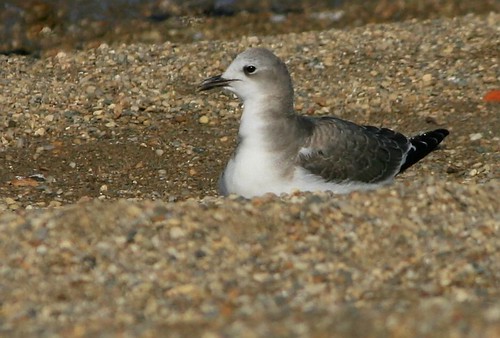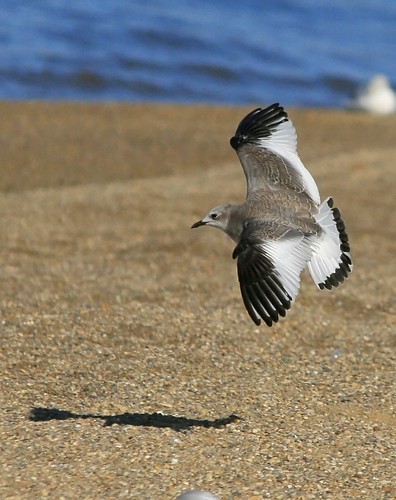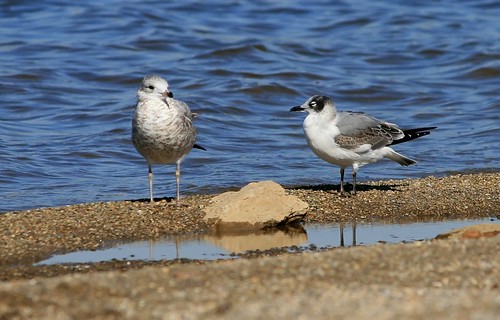Ryan Ankeny was gracious enough to suggest that I do some shameless self-promotion of a new field guide to eastern streams written by my wife and myself (Thanks Ryan!). It's entitled "Pocketguide to Eastern Streams" and is available from Amazon and through virtually any bookstore.
Here is a link to one source:
Pocketguide to Eastern Streams
Streams are natural attractants for a lot of animals and are excellent places to find tracks, flowers, birds, and a lot of other cool things. The basic idea behind our book is that there are a variety of plants and animals that tend to catch your eye as you hike, fish, play, or work in and around streams. Our guide is meant to give you a means to identify those things and some of the other organisms that you are likely to encounter by flipping rocks, fishing, or using a dipnet. The guide provides an introduction to stream ecology, the different kinds of streams found in the eastern U.S., and stream/watershed restoration. However, the bulk of the book is dedicated to helping you to identify most of the common plants and animals found in and along streams.
This book would be an excellent resource for anyone who works in and around streams or just loves to go creekwalking. It contains information that is useful even to experienced stream ecologists, but is written to be interesting and understandable to the novice naturalist. The guide is a great resource for anglers, educators, naturalists, stream managers, restoration ecologists, and wildlife professionals. It is most applicable to small streams that are easily explored by wading and canoeing, but many of the taxa and concepts apply to larger rivers. The guide covers 225 different kinds of plants, invertebrates, amphibians, reptiles, mammals, and birds.
Here are a few examples of things covered in the guide:



 4:16 PM
4:16 PM














 Posted in:
Posted in: 